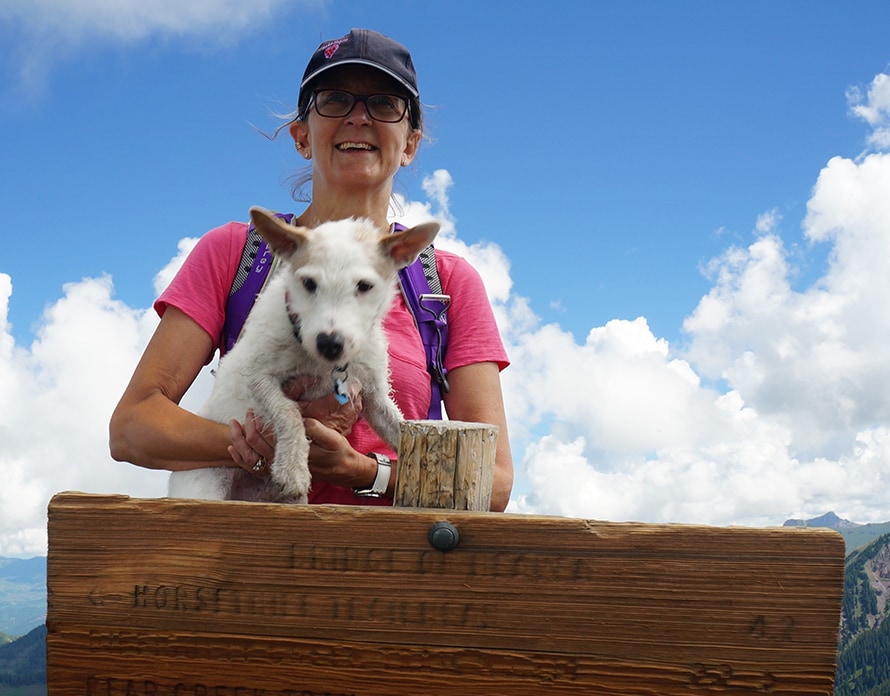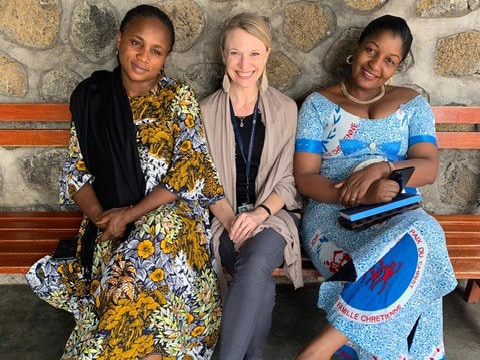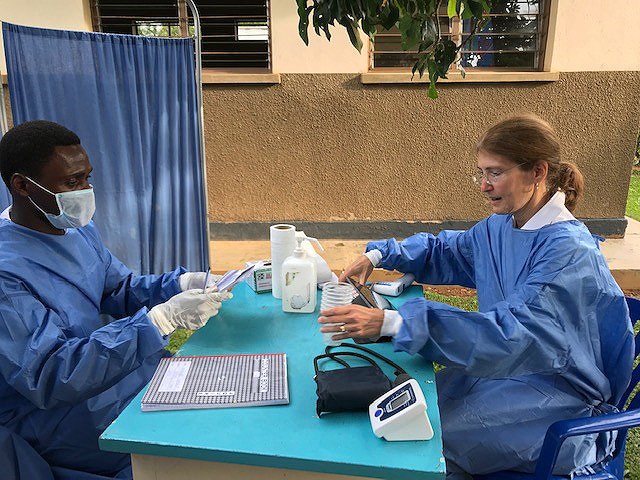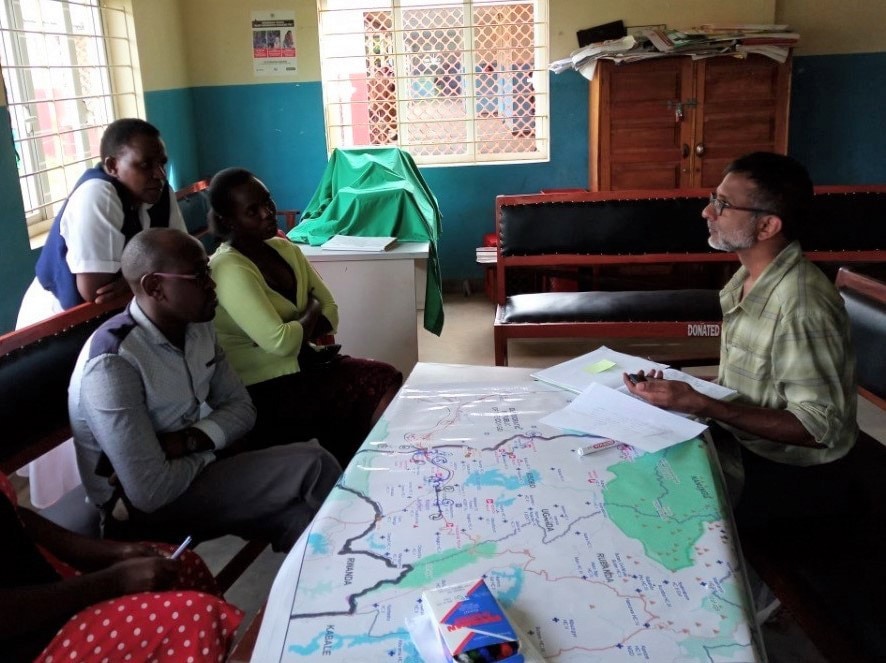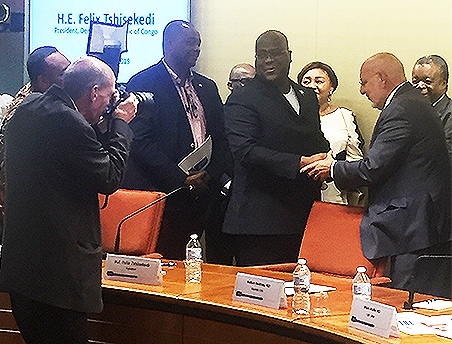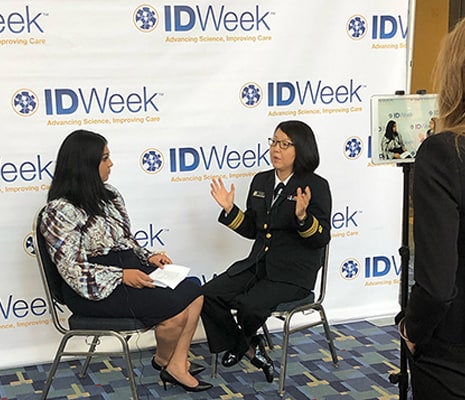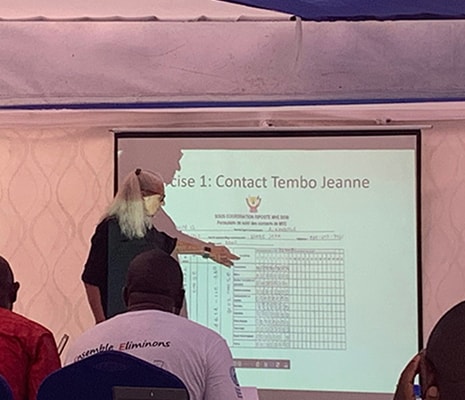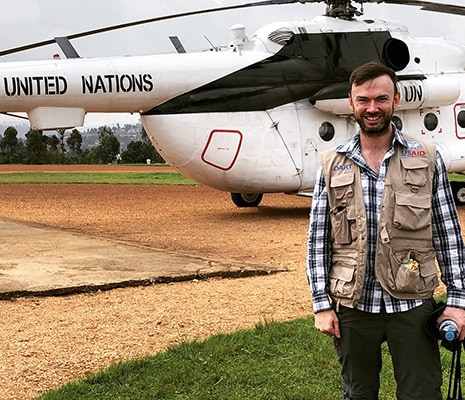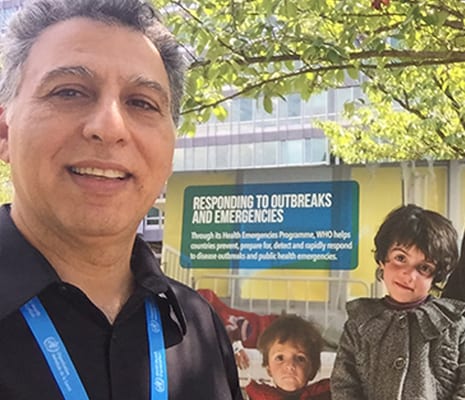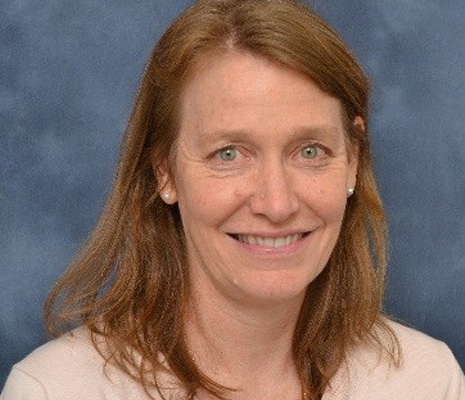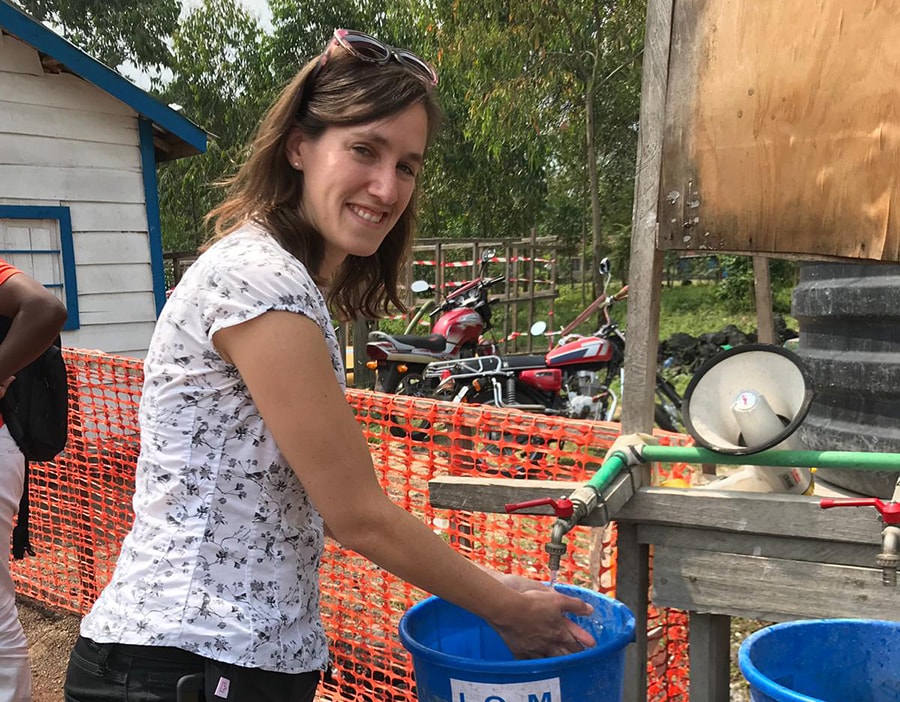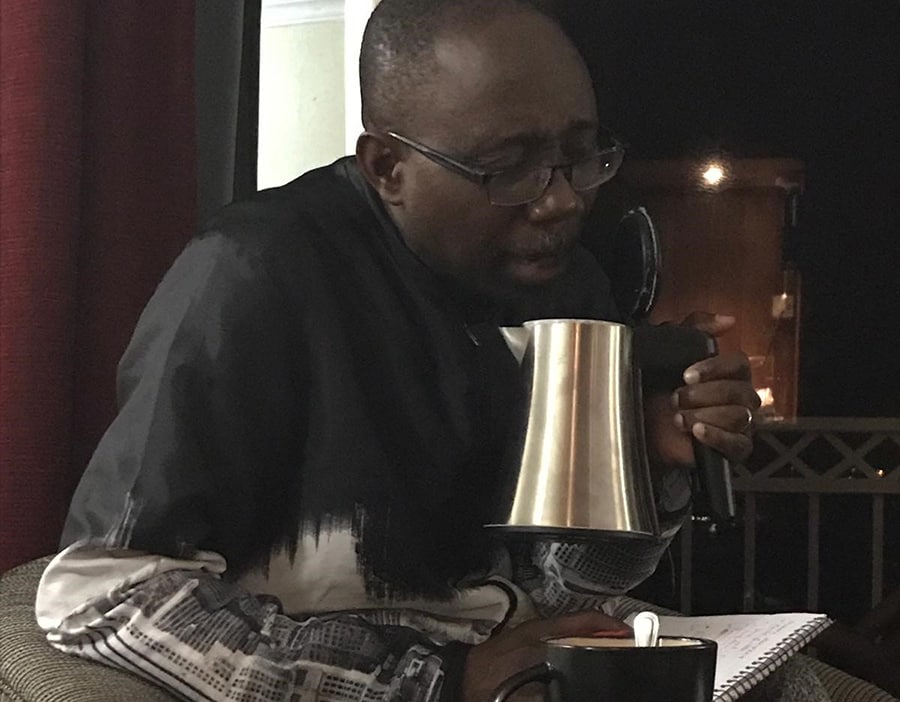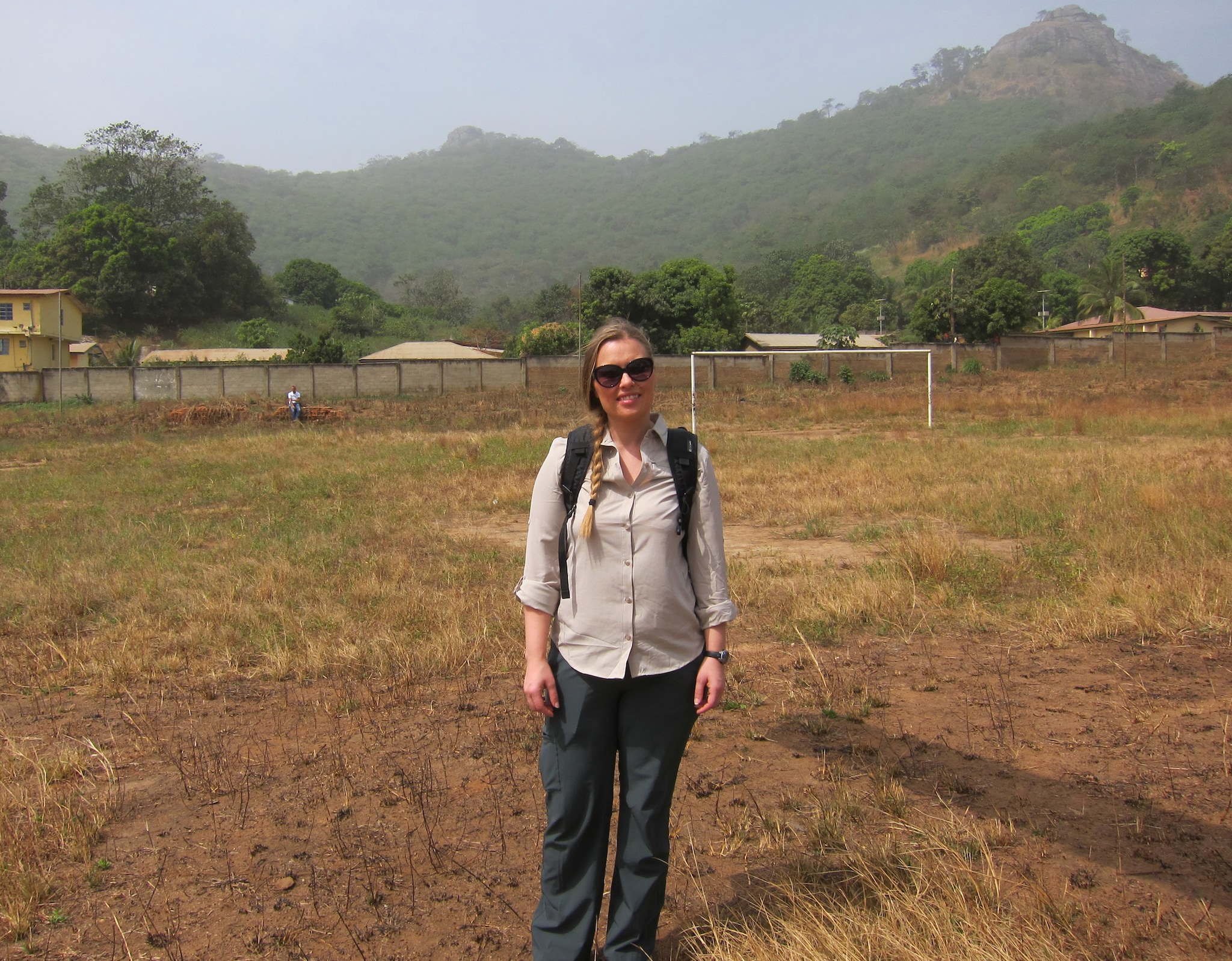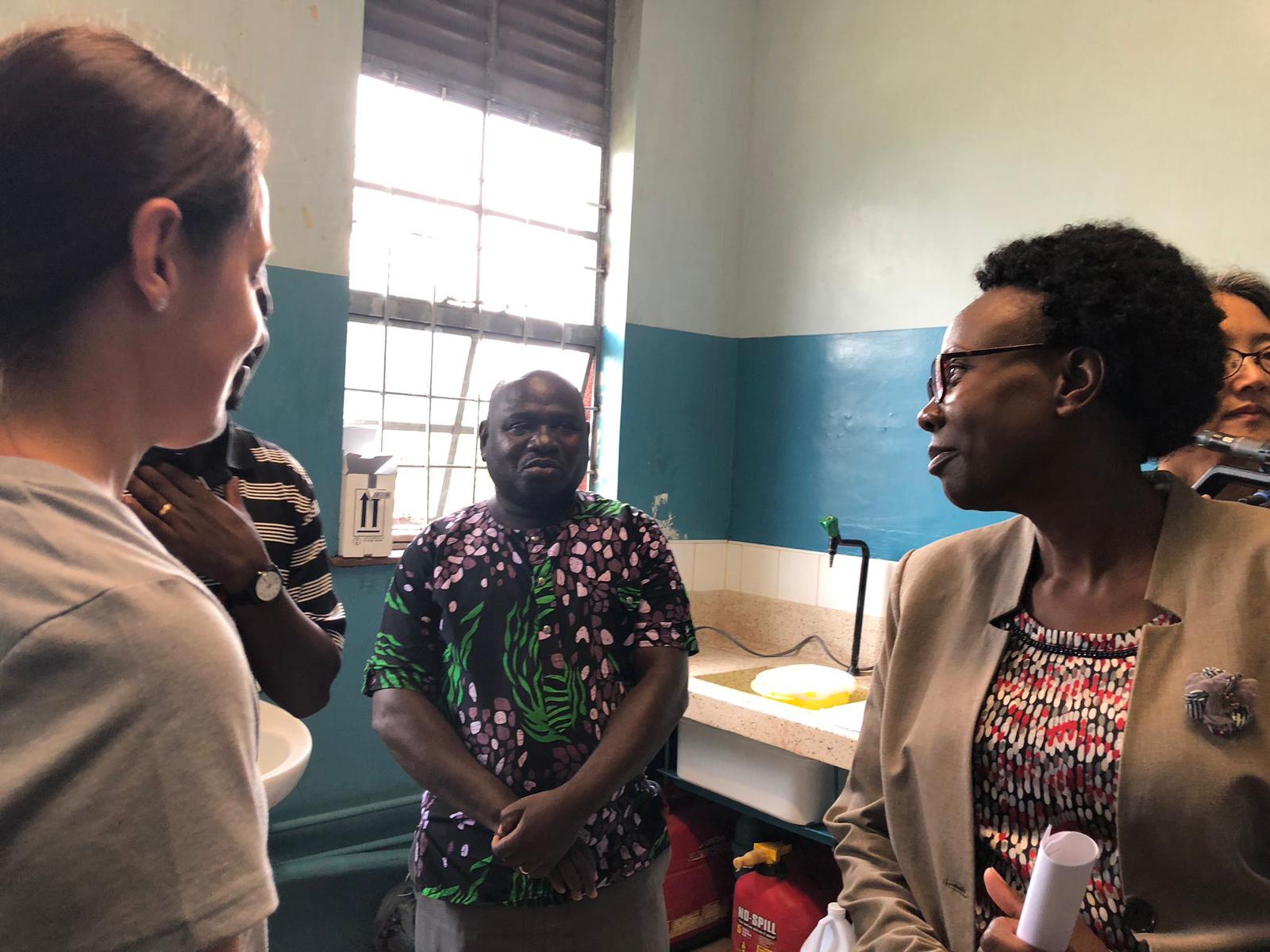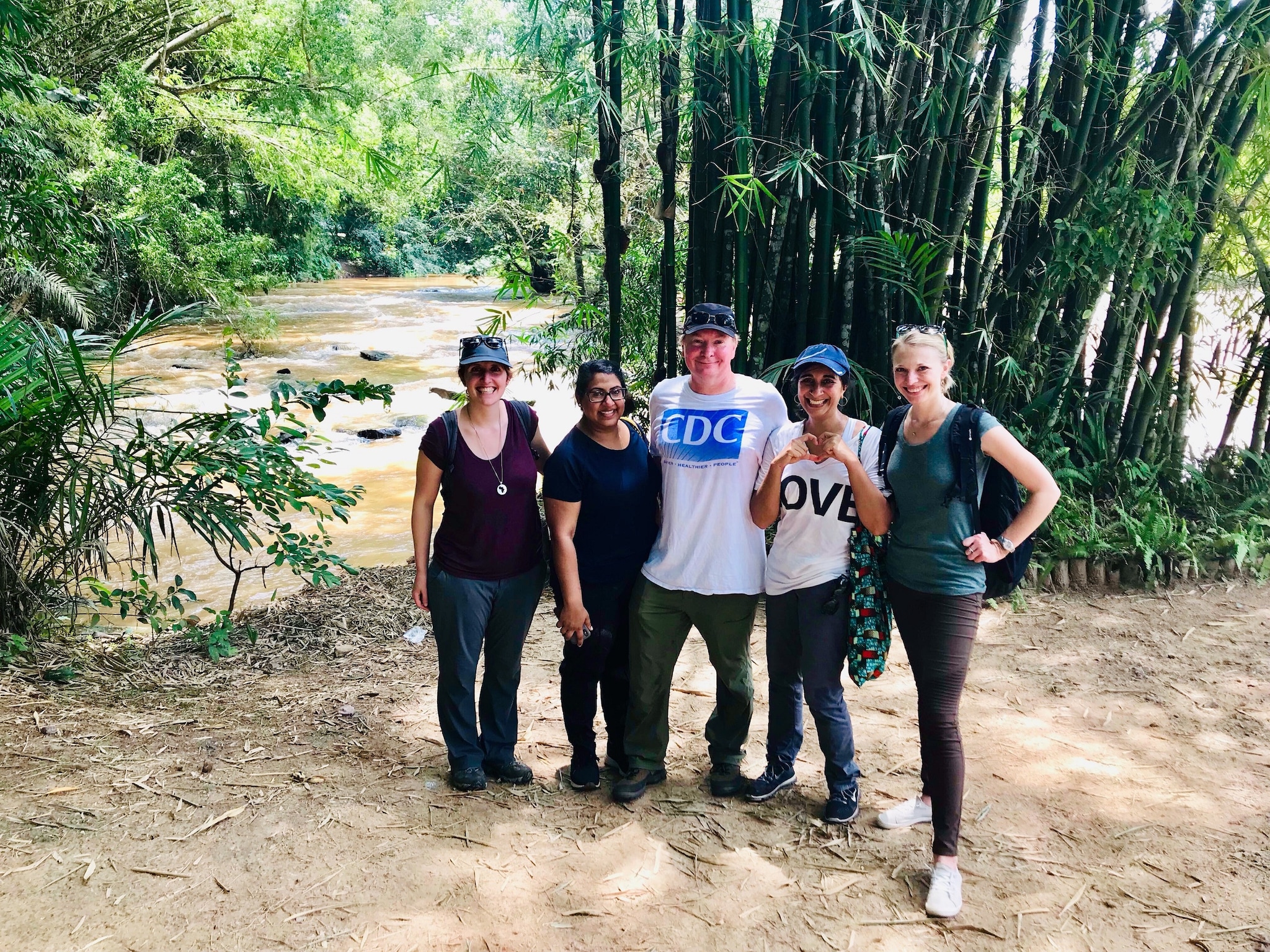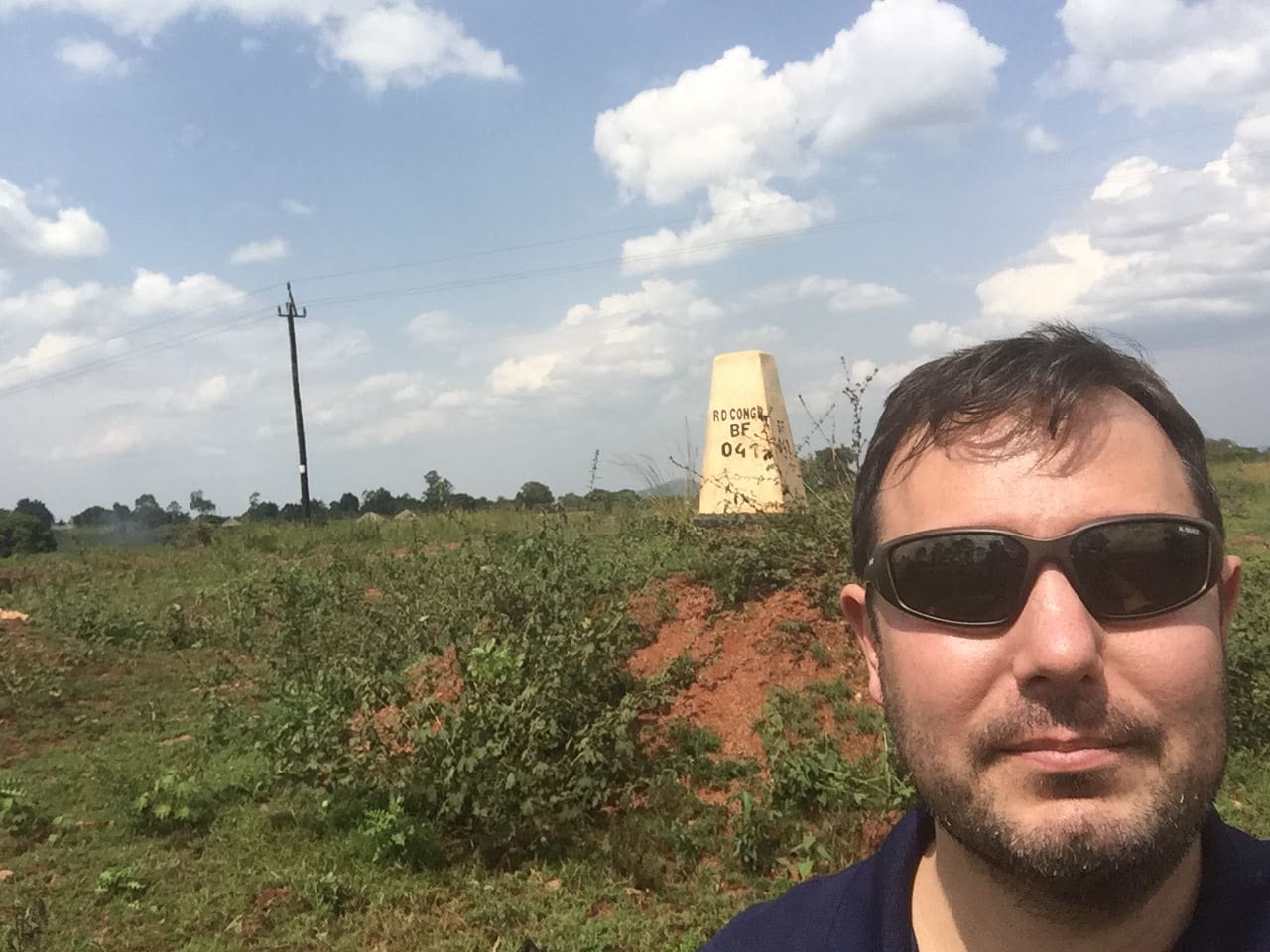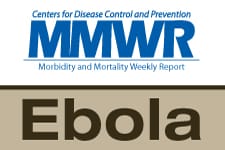Outbreak Responder Stories
Dr. Inger Damon: A Focus on Ebola Response
Not All Heroes Wear Capes
We often joke that the most difficult calls always come into CDC on Friday afternoons, but sometimes, the life-changing calls come in during vacation.
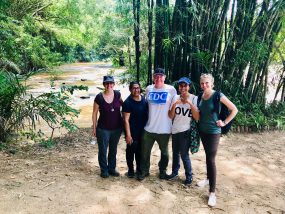
Dr. Ben Dahl, Team Lead for Vaccine Preventable Disease Surveillance in the Global Immunization Division, just returned from his third deployment to fight Ebola in the North Kivu and Ituri provinces in the Democratic Republic of Congo (DRC). Ben served as an advisor to the Minister of Health, helping to guide a data driven response. Ben worked with all areas of response, including surveillance, infection prevention and control, vaccination, border health, health communication, and laboratory testing. In addition to his role as advisor, Ben also served as CDC’s response lead in DRC and worked to address the needs of CDC staff in country. Ben also previously deployed for the DRC Equateur outbreak earlier in 2018 and for the 2014-2016 West Africa Ebola outbreak.
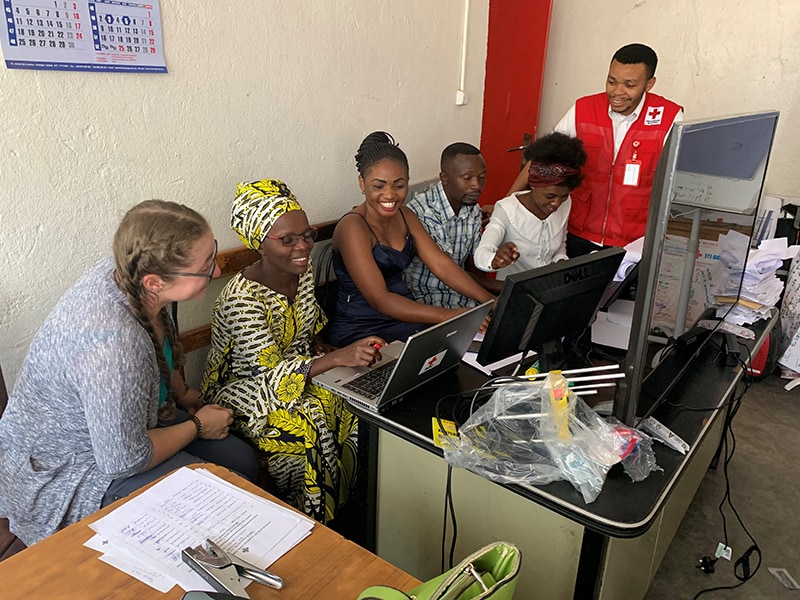
In much of the DRC, families wash the bodies of their relatives before burial. This practice puts the families at risk of contracting the Ebola virus, which is spread through contact with an infected person’s blood or bodily fluids. But placing the bodies in an opaque plastic bag denied them that opportunity to say goodbye—and fueled suspicions.
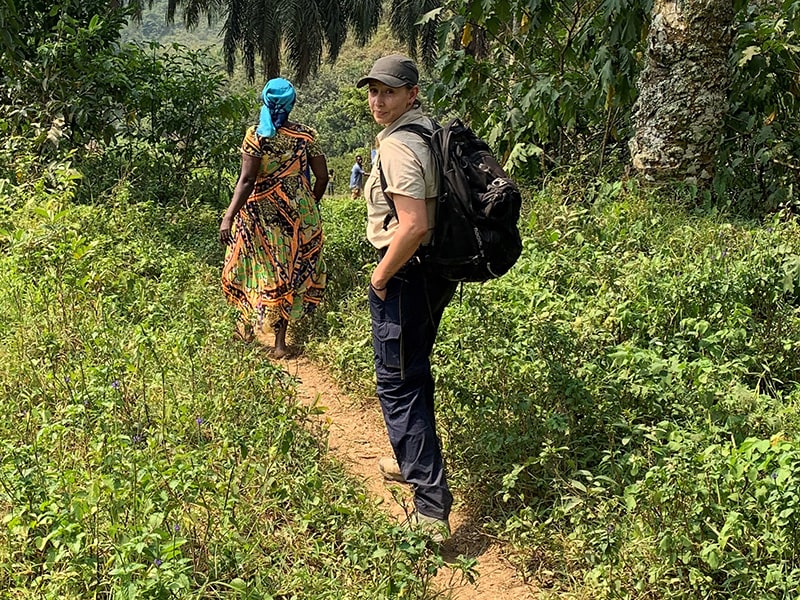
In the Democratic Republic of the Congo (DRC), the “disease detectives” of CDC’s Epidemic Intelligence Service (EIS) are proving their worth as they work to stop the second-largest Ebola outbreak in history.
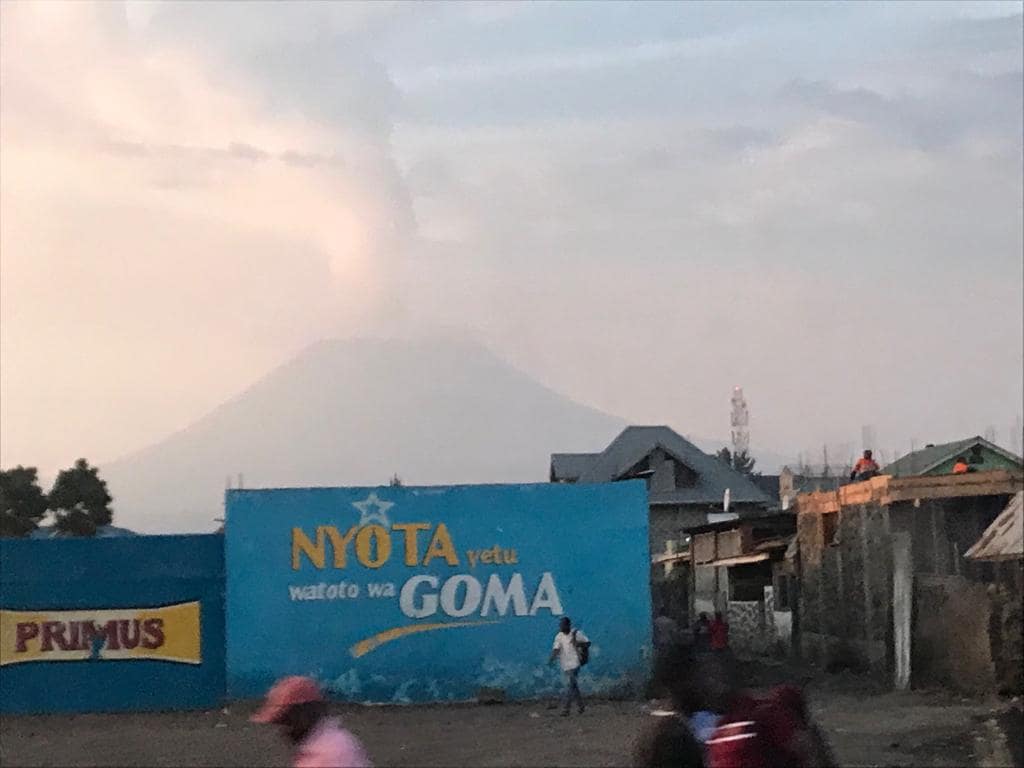
In Goma, Ebola isn’t the only looming threat.
The Nyiragongo volcano towers over the city, which serves as headquarters for the CDC response to the Ebola outbreak in the eastern Democratic Republic of Congo. The roughly 3,400-meter (11,000-foot) mountain is one of the world’s most active volcanoes, “and it’s well understood that it could erupt at any time,” says Molly Patrick, a CDC environmental engineer.
